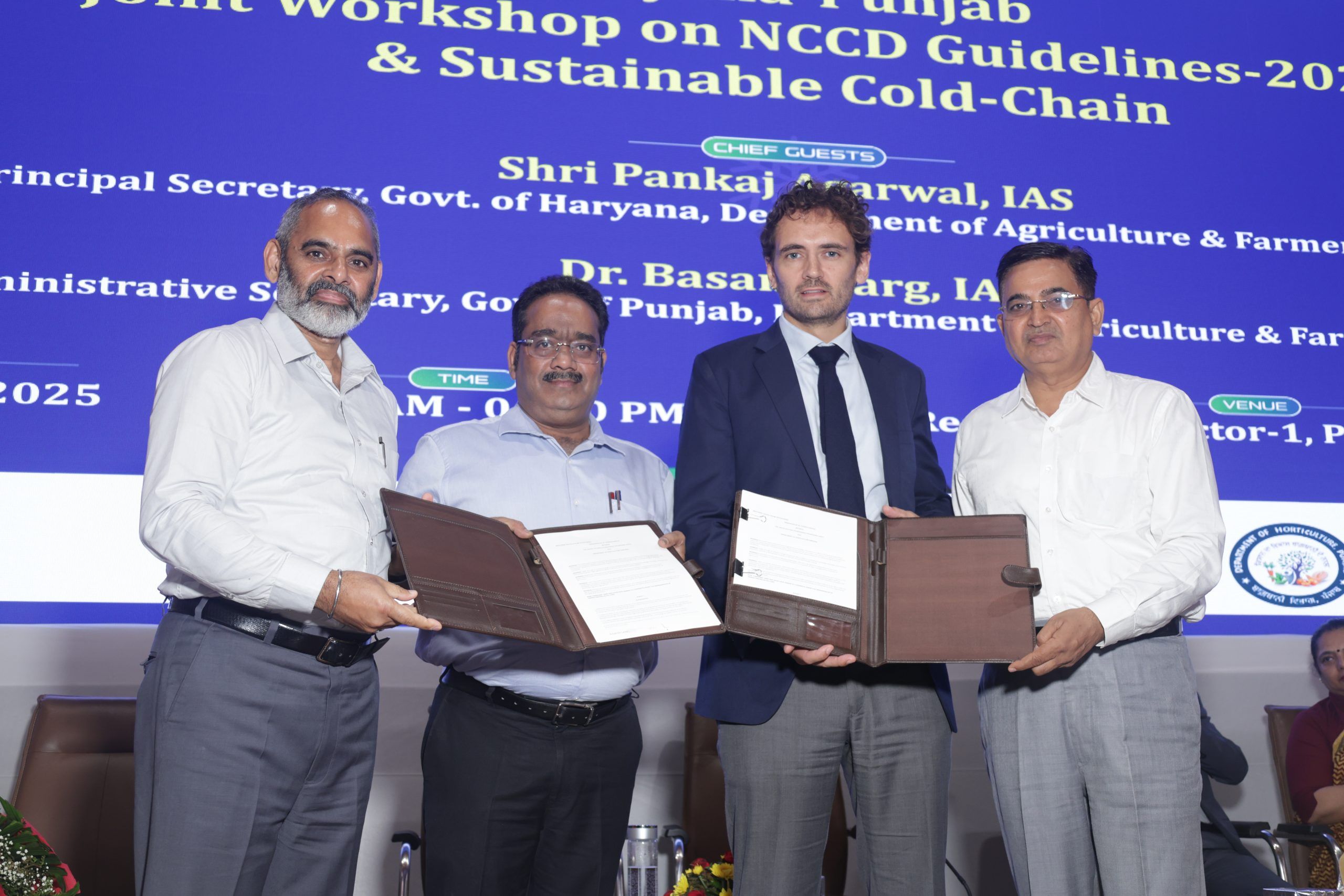New undercover survey suggests leaks of powerful planet-warming gases pervade many supermarkets
The food retail sector represents one part of the puzzle of how to drastically cut back on emissions in the coming years. HFCs trap thousands of times more heat than carbon dioxide, and with increasing sales they are projected to represent nearly a fifth of all climate-warming emissions by mid-century. It’s a growing problem: The hotter the Earth gets, the more people need cooling infrastructure.
According to new data released Friday, HFC emissions in the United States rose by 4 million metric tons between 2018 and 2019. The 38,000 supermarkets in the United States use thousands of pounds of HFCs each year, according to the EPA, with each store having the equivalent climate impact of 300 cars on the road. Taken together, it is equal to 49 billion pounds of coal being burned each year.
While monitoring for leaks and upgrading refrigeration systems translate into long-term savings by reducing energy use, stores operating on tight margins cannot always afford it.
Ratio Institute co-founder Jonathan Tan, whose organization works with the food retail industry, policymakers and conservationists on the issue, estimated that while it can cost a store between $50,000 to $100,000 to make repairs to a system, transitioning from current refrigerant to a less-potent greenhouse gas like carbon dioxide can cost between $1 million and $2.5 million.
Walmart, for example, said private companies would need government help in making the transition. “We also believe that private and public sector action is needed to foster innovation and enable an economically viable phasedown of HFCs globally,” it said in a statement.
Europe is making a swifter transition than the United States. Over 26,000 supermarkets in European countries are using lower-impact refrigerants, compared with 600 stores in the United States.
The EPA has regulated earlier generations of refrigerants for decades under the 1987 Montreal Protocol, the landmark global treaty aimed at repairing the ozone layer. Those compounds — chlorofluorocarbons and hydrochlorofluorocarbons — damaged the ozone layer that shields the Earth from damaging ultraviolet rays from the sun. HFCs made an appealing substitute because they didn’t deplete ozone, but they warmed the planet instead.
In 2016, the Obama administration helped broker the Kigali Amendment, where countries pledged to phase down HFCs under the treaty. But the agency’s effort to regulate the refrigerants ran aground during the Trump administration.
One rule identifying “unacceptable” uses of HFCs was partly overturned by the U.S. Court of Appeals for the D.C. Circuit in 2017. The administration rewrote the rule, but the same court ruled it failed to follow proper procedures and did not need to abolish the Obama-era requirements altogether. Last year, Trump officials withdrew another Obama-era rule, which required companies to detect and repair any leaks from any appliance or piece of equipment using more than 50 pounds of HFCs.
President Donald Trump declined to submit the Kigali Amendment to the Senate for ratification: President Biden signed an executive order last month instructing his secretary of state to take that step.
The federal government has pursued cases against grocery chains, and won, when it comes to leaks of older refrigerants that damage the ozone layer. In 2019, for example, Southeastern Grocers agreed to spend $4.2 million to reduce coolant leaks and pay a $300,000 civil penalty. But HFCs are in a different category.
“EPA’s recognized that it is a significant contributor to climate change and has tried to take action,” said Tom Land, a longtime agency staffer who retired in 2019 after working on both international climate negotiations and the agency’s voluntary refrigerants program, GreenChill. “It basically had to stop, it didn’t have authority.”
Food retailers that participate in the GreenChill program have a leak rate of 14.3 percent, nearly half the industry average. Kristen Taddonio, senior climate and energy adviser at the Institute for Governance & Sustainable Development, said in an interview that reinstating regulations mandating leak detection could help grocers make even greater reductions.
“It’s like that old adage, you can’t manage what you can’t measure,” said Taddonio, who worked on energy efficiency at the EPA and the Energy Department between 2004 and 2015.
Anu Narayanswamy contributed to this report.



